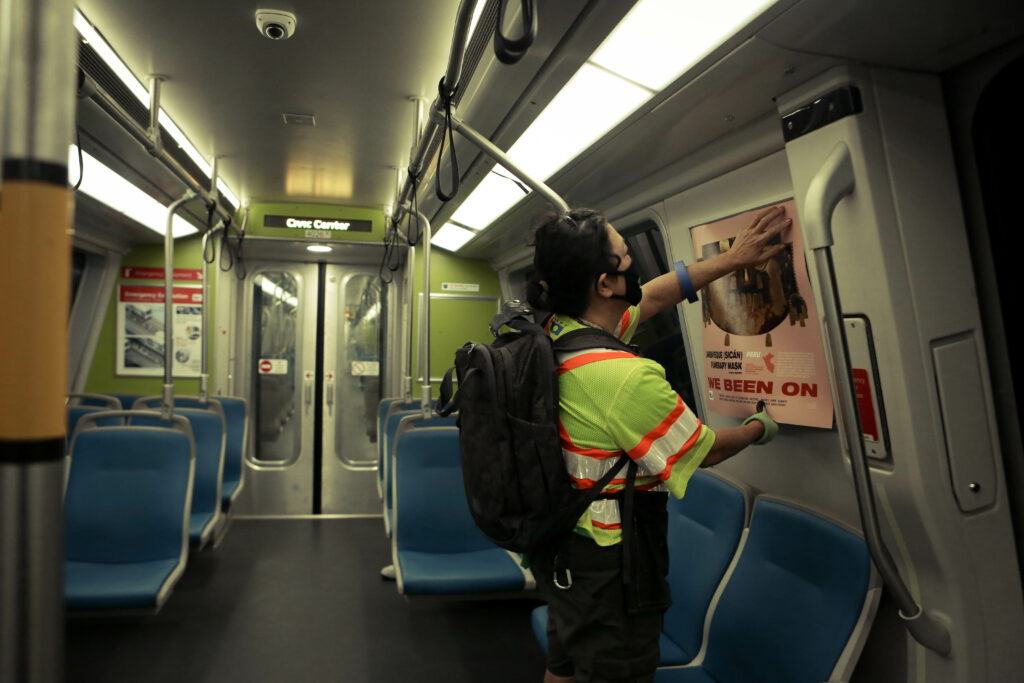
Del Paso Boulevard in Sacramento, CA. Photo courtsey of Fehr & Peers.
This post is the sixth in a series of case studies about Complete Streets people, places, and projects. Follow the full series over the next several weeks.
If you’ve walked along Del Paso Boulevard in Sacramento, CA in recent years, you may have noticed horses imprinted on the street’s brickwork. The bricks are a tribute to the area’s ranching history — and a sign of a modern commitment to safety for everyone using the street.
Between 1844 and the early 1900s, in what is today North Sacramento, sat over 40,000 acres of Del Paso Ranch. The ranch’s ownership passed through several hands before it purchased by James B. Haggins, a Kentucky native who earned his fortune in copper mines and railroads. Haggins raised more than 1,000 thoroughbred horses at Del Paso Ranch, including, according to one source, the first Californian horse to win the Kentucky Derby. In 1905, when Haggins announced that he was leaving horse breeding because he was operating at a loss, a New York Times headline proclaimed that that his stock farm was “the Greatest Nursery of Thoroughbreds in the World.”


